Last year, on the eve of Tet, a long-lost friend sent me a gift with a wistful reminder: “That is a specialty of our hometown, who remembers, who forgets?” The gift you gave me was a bottle of shimmering golden soapberry oil carefully wrapped in banana leaves, fragrant as if coming from a corner of the garden. Even if you don’t remind me, I still remember. I can never forget anything that is associated with my village, let alone the soapberry tree, a tree that has quietly spread its shade over the Cam Lo hills and patiently saved up to give the people precious “drops of gold” throughout the journey of establishing the village and protecting the homeland.
Mr. Le Van Hoa in his garden of custard apple trees - Photo: D.T
Specialty of a time of glory
Every now and then, when I have the opportunity to go upstream to the Hieu River, I often go to An Thai village, Cam Tuyen commune, Cam Lo district, to visit teacher Le Ngoc Cuong, my respected Literature teacher from the specialized Literature class in Ben Hai district (old) in the 80s of the last century.
In the midst of endless stories about land and people, the story naturally “anchored” around the So trees still hiding patiently in the corner of the teacher’s garden, the fruit is ripening, changing from green to gray-yellow, heavy with branches. Teacher Cuong said that it is not clear when So trees were introduced to this land, but An Thai village has long been famous for So oil pressing.
During the feudal period, the villagers planted the So tree everywhere, from their gardens to the hills. The government at that time often gave each villager a sao of land, separated by rows of tea trees to serve as boundaries. When the harvest season came, the villagers would set a date to offer gifts to celebrate the "garden opening" ceremony and only after the signal of three gongs could the So fruit be harvested.
Usually before picking the fruit, weeds must be cleared and cleared to make it easier to collect ripe fruit when it falls to the ground. According to folk experience, usually the collected fruit will produce more oil than the fruit picked directly from the tree, because it ripens evenly, the flesh is thick, so the oil content is high.
In my memory, every year around the 11th lunar month, the So tree begins to flower and the fruit ripens in August - September of the following year. The So flowers are white, a cold and distant white color that makes the whole hill feel wistful. I don’t know where there are more So trees, but my hometown has long been considered the “habitat” of that heartbreaking white-flowered tree. The So tree was introduced and planted by Cam Lo people nearly hundreds of years ago.
At that time, people's lives revolved around the bamboo hedges of the village. Even the sound of the rooster crowing at noon was enough to stir the alleys of houses covered with green bamboo. The simple meals of red rice in October were hastily prepared on the floor filled with the smell of dirt, and there was always a bowl of vegetable soup with green water and a layer of light yellow oil floating on it.
Add a spoonful of coriander oil to the pot of vegetable soup, the vegetables seem greener, more supple, the soup becomes sweeter, fragrant like a bowl of honey at the beginning of the season. Wild fish and river fish collected from the upper reaches of Cam Lo are stewed in a clay pot, add a little coriander oil, the fish body is crispy, curved, the scales stand up, spongy. The oil seeps into the fish's golden belly. Cooking oil pressed from coriander seeds is fatty, fragrant but does not cause a feeling of boredom like lard or other animal fat.
The oil is similar to peanut oil but the yellow color is deeper and the oil is purer because it has been refined through many years of careful and multi-step refining. The oil has been with the people of my hometown for many years of hardship and has participated in the ups and downs of a poor village...
Palm oil products - Photo: D.T
Now on the hillsides of An Thai village, the remaining rows of So trees still intertwine, silently weaving their own green color. In the past few decades, many people in the area have gradually forgotten the habit of using So oil.
Industrial cooking oils are advertised with eye-catching designs and convenience, appearing more and more in every family kitchen. The shimmering, fragrant drops of cooking oil are no longer enough to evoke any nostalgia for many people. The only thing that remains is that when the season comes, the cooking oil flowers naturally bloom white all over the hillsides. The color of the flowers is cold and distant like hundreds of years ago.
Keeping the profession is like keeping a beautiful memory of the village.
I asked Mr. Cuong: "Sir, are there any families in the village that still maintain the profession of growing and pressing So oil?" With the carefulness of a teacher, Mr. Cuong took a pen and paper, wrote from memory, crossed out and circled several times, and gave me a "brief list" of people who, as he said, maintained the profession of growing and pressing So oil as a beautiful, deep, and glorious memory of the village.
Following Mr. Cuong’s instructions, I went to Mr. Le Van Hoa’s house in An Thai village. The house is located in the middle of a large garden, next to a hill covered with thousands of So trees. Over the years, Mr. Hoa and his wife have been one of the few families that have maintained the profession of growing and pressing So oil. Although he was still busy with his garden, when he heard that I wanted to learn a few things about So trees, as if touching something dear to his heart, Mr. Hoa pulled me to sit on the porch to chat.
“For the local people, So is the main crop grown for oil extraction. So oil is used to make cooking oil. The value of So oil has been proven over hundreds of years, from real life, without any advertising or “pi - a”. The cake (by-product) after pressing the oil is used for fishing, or as a very good fertilizer. So wood is hard, durable, suitable for making farming tools and household utensils. On hilly areas, if So trees are planted densely as protective trees, the village will be safely protected from rain, wind, storms, landslides, and loss of fields...”, Mr. Hoa began the story.
Mr. Hoa took me to the nearly 2,500 square meter area of the So tree next to his garden. He said that the So tree will flower and bear fruit after 5-6 years. The So fruit can be picked from the tree, but can also be picked after it has fallen to the ground.
The fruit is dried in a ventilated place for 4-5 days, the fruit will split open and the seeds will fall out. The fruit can also be dried in the light sunlight to quickly split the seeds. This is the main ingredient for pressing oil. Currently, the fruit is put into a milling machine. The fruit powder will be dried, then put into a burlap bag or coarse cloth bag, rolled into cakes and put into the press.
Mr. Le Van Hoa's family still keeps a wooden oil press - Photo: D.T
Mr. Hoa was very proud that his family still had the wooden oil press and showed it to me with a look of appreciation on his face. The manual oil pressing method is quite simple. People put the oil cake between the two presses, install the cotter pins, then put 2 wedge pins on both sides of the cotter groove, use a mallet to hammer it down and then wedge the next 2, the tighter the wedges are, the greater the pressure on the oil cake, the oil will flow through the groove into the container.
Press until the oil in the cake is gone, then remove the wedge and the drum to take the oil cake out of the drum, then continue pressing another cake. According to Mr. Hoa, usually 1 basket of So seeds (equivalent to 15 kg) can make 3 cakes, pressing 3 times will produce about 3 liters of So oil. Depending on the type of So tree, the oil content in the seeds varies from 18% - 26%.
In one season, on average, he collects 50 baskets of cassia seeds from his garden, which can be pressed into about 150 liters of oil. He currently sells one liter for 300,000 VND. This is a product that is “clean from root to tip”, very good for the health of users, so supply cannot meet demand.
Regain strength from the tree
I still remember when I was a reporter specializing in writing about agriculture, I once followed the working group of Mr. Nguyen Cong Tan, at that time the Minister of Agriculture and Rural Development, during a visit and work in Quang Tri, to survey the remaining area of Cao trees in Cam Lo. After the survey, Mr. Tan and the experts recommended that the locality as well as the people pay attention to this valuable crop. After that, the provincial authorities planted 28,000 local So trees and Chinese Soft Branch So trees (oil content in the seeds reaches 40%) to plant in some places in the province.
More than 25 years have passed, due to lack of information, I do not know how the area of planting So has developed at that time, what is the fate of the So trees that were planted now... I only know that when mentioning So trees, So oil, the distance is almost tinged with oldness in each story, the reminder is always lingering like when we evoke a beautiful memory of the past...
The So tree brings many benefits to human life. That is clear. But after so many years of neglect, now is the time to fully exploit the strengths of the So tree to create bigger, newer stories. Bringing So tree oil from every kitchen, every house to the market, turning the "golden drop" in the middle of the sky into a clean, high-quality cooking oil, creating "golden trust" in the choice of consumers. It cannot be otherwise.
I asked my friend - who has experience in branding agricultural products: "Is it possible to build palm oil into an OCOP product?".
My friend replied: "It's very difficult, it has to go through many processes with a fundamental, synchronous, feasible plan, it requires a lot of money, time and...".
-And what else?
- The most important thing is still the passion for a famous specialty product of one's hometown. If there is determination, unity of effort, and unity of mind, surely one day not far away, An Thai-Cam Lo essential oil will have a place in the market...
... In the late afternoon of the year, I passed through the vast hills of my homeland. Everywhere I looked, I saw a warm hope that sprouted from hardships and became beautiful and joyful. The familiar, rustic plants of my hometown such as An Xoa, Ca Gai Leo, Giong Canh, Perilla, Che Vang... have now become famous medicinal products, reaching consumers all over the world; the endless peanut beaches at the source of Hieu River have created the famous Cam Lo peanut oil, ordered by consumers in the South and the North... So when will An Thai - Cam Lo peanut oil become an OCOP product?
Asking is hoping.
Hope contains effort, determination and challenge in it!
Dao Tam Thanh
Source: https://baoquangtri.vn/giot-vang-giua-lung-chung-troi-giua-troi-191395.htm


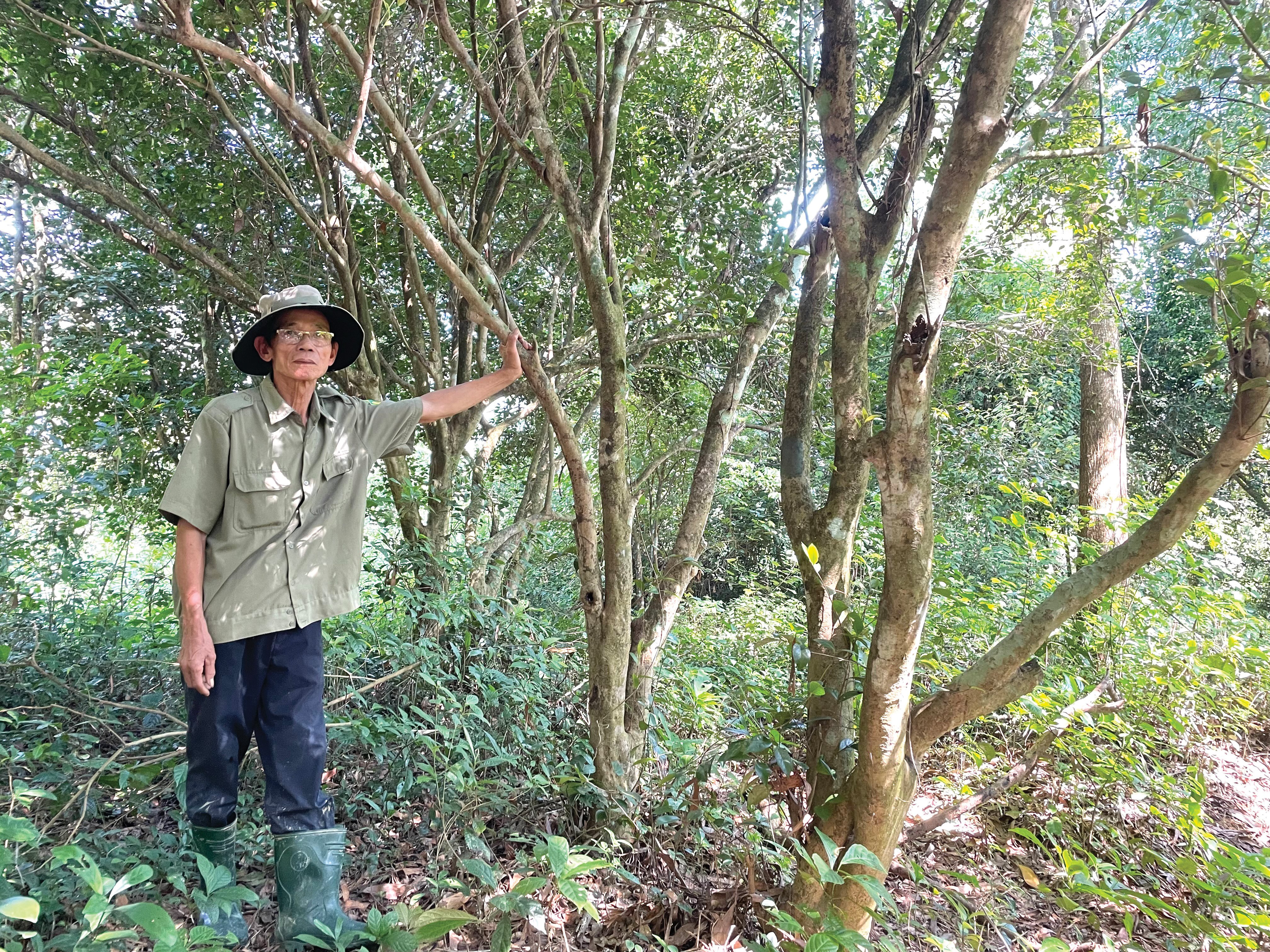
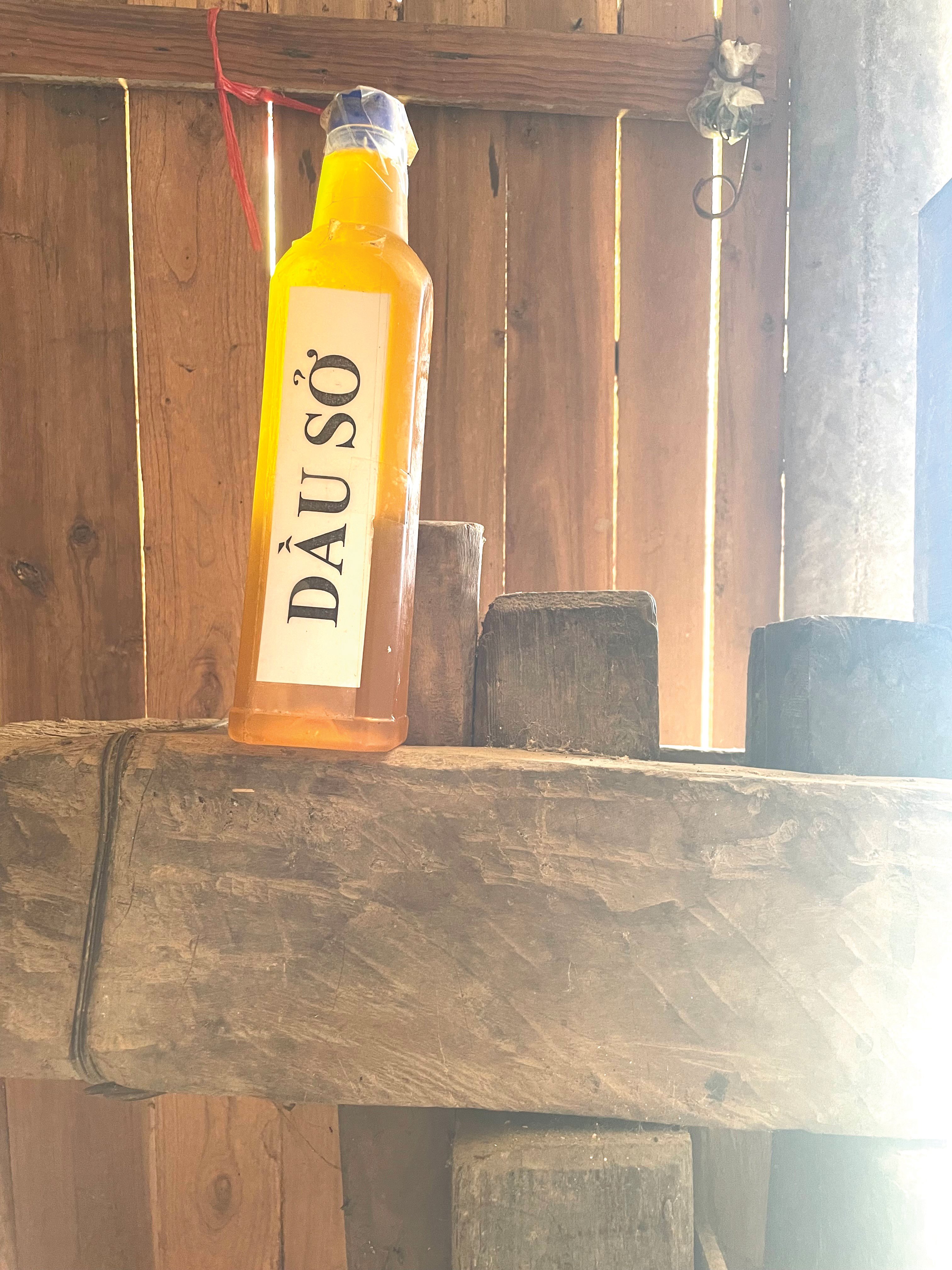
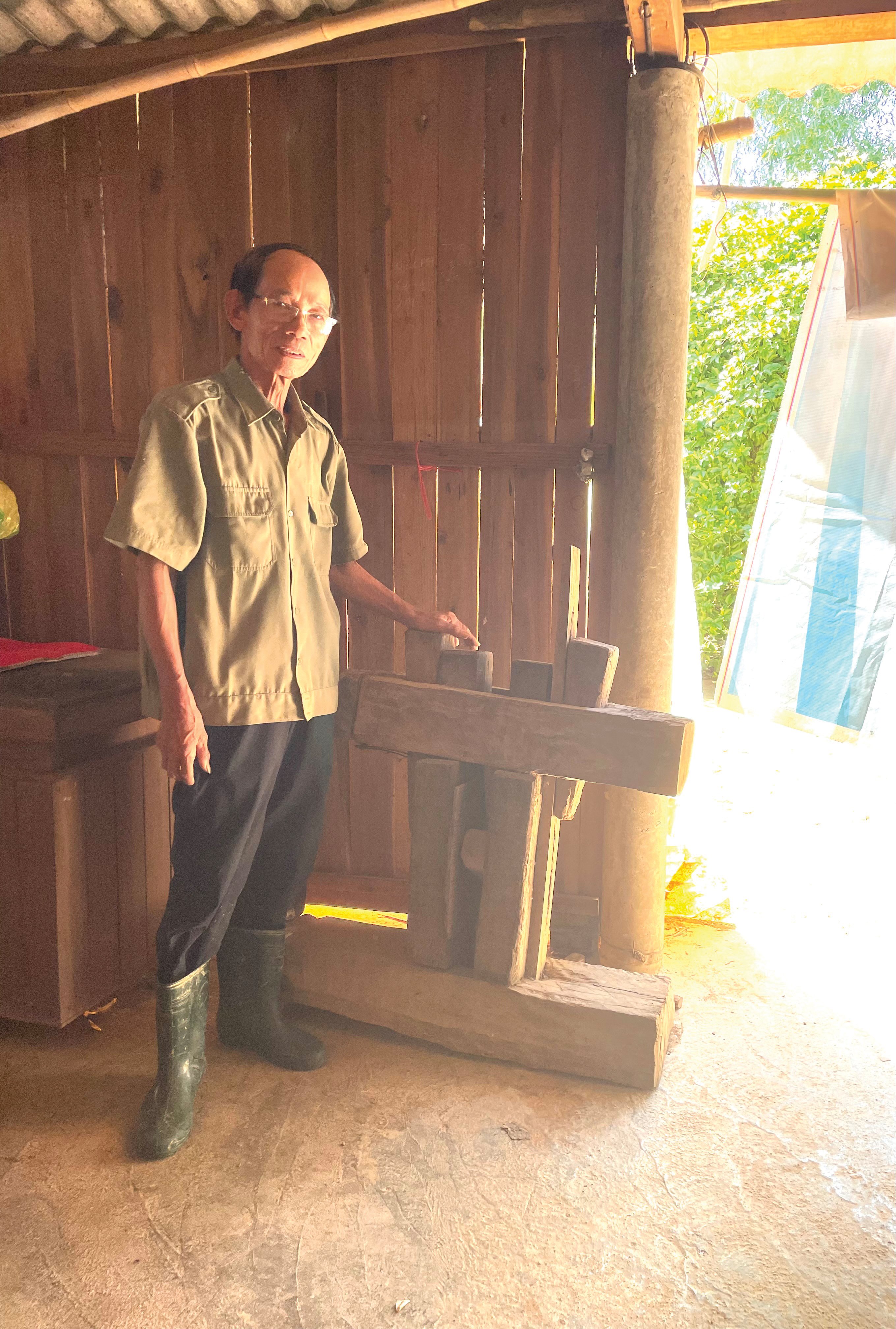

![[Photo] Prime Minister Pham Minh Chinh chairs meeting to discuss tax solutions for Vietnam's import and export goods](https://vstatic.vietnam.vn/vietnam/resource/IMAGE/2025/4/10/19b9ed81ca2940b79fb8a0b9ccef539a)
![[Photo] Phuc Tho mulberry season – Sweet fruit from green agriculture](https://vstatic.vietnam.vn/vietnam/resource/IMAGE/2025/4/10/1710a51d63c84a5a92de1b9b4caaf3e5)


![[Photo] Unique folk games at Chuong Village Festival](https://vstatic.vietnam.vn/vietnam/resource/IMAGE/2025/4/10/cff805a06fdd443b9474c017f98075a4)
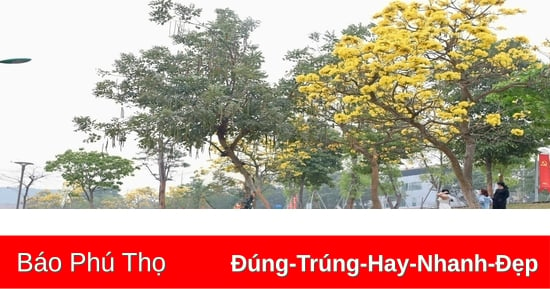





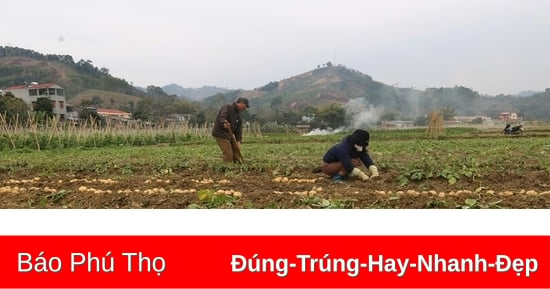
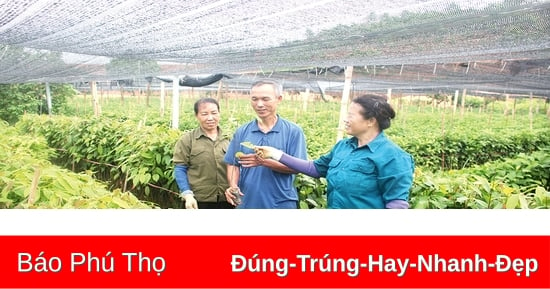

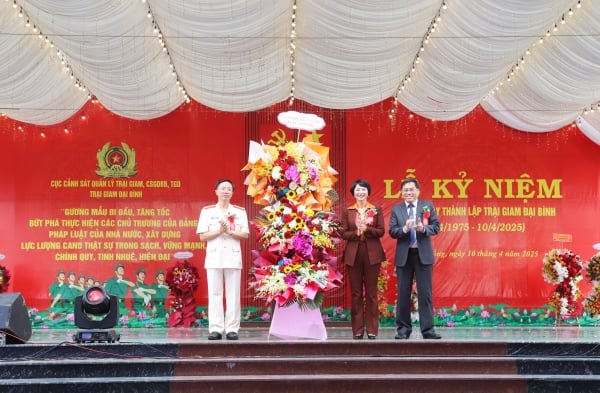
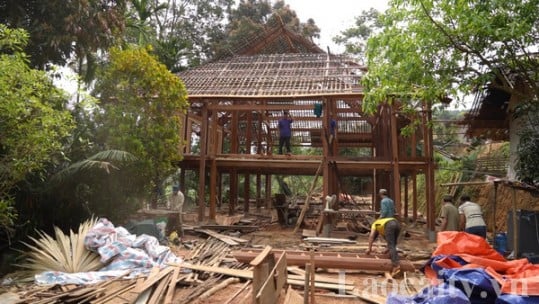


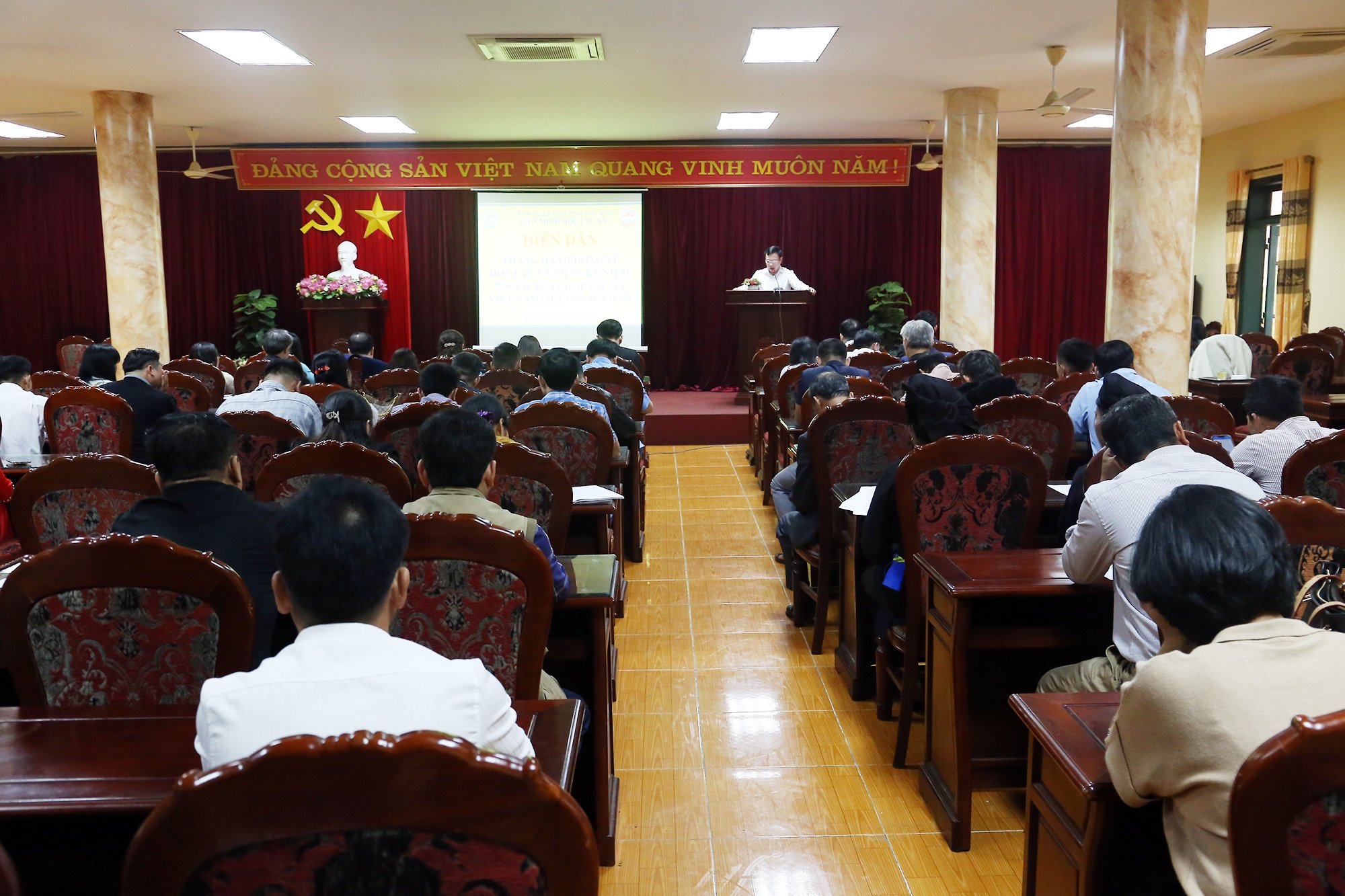





































































Comment (0)